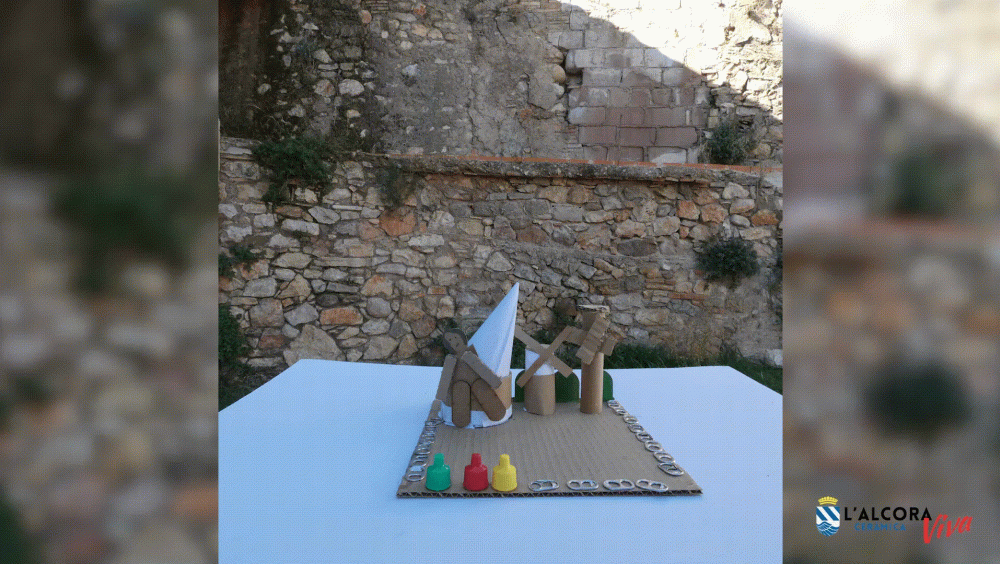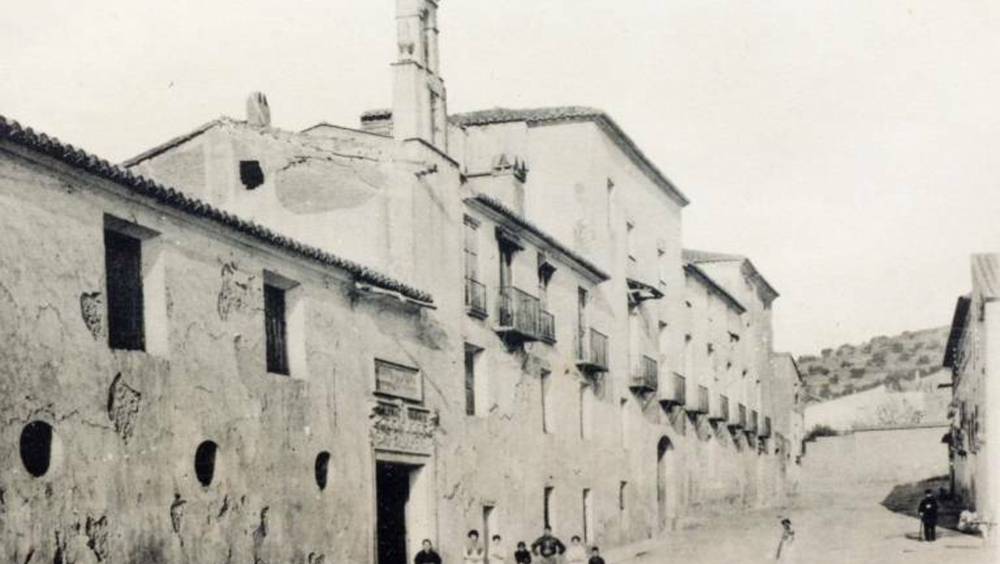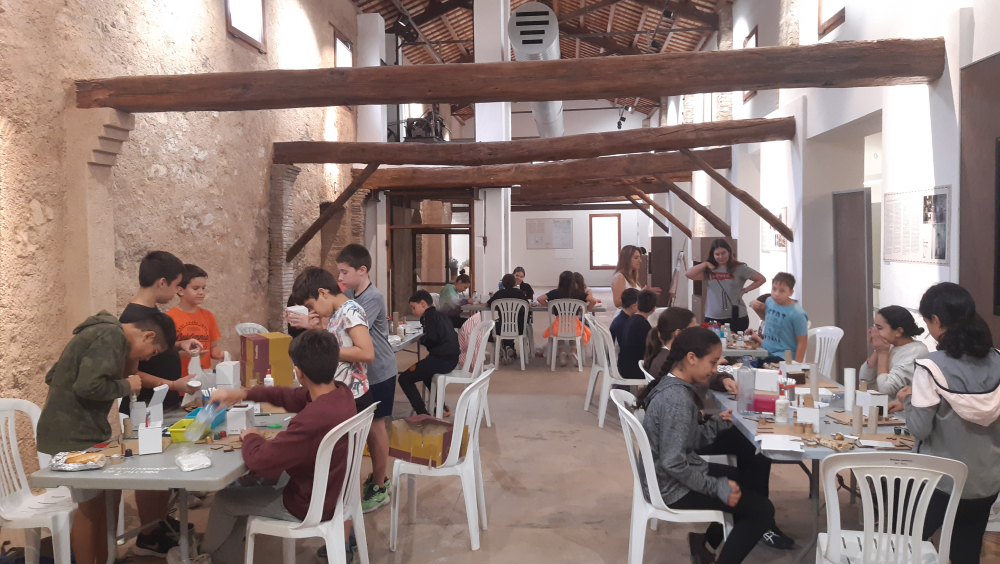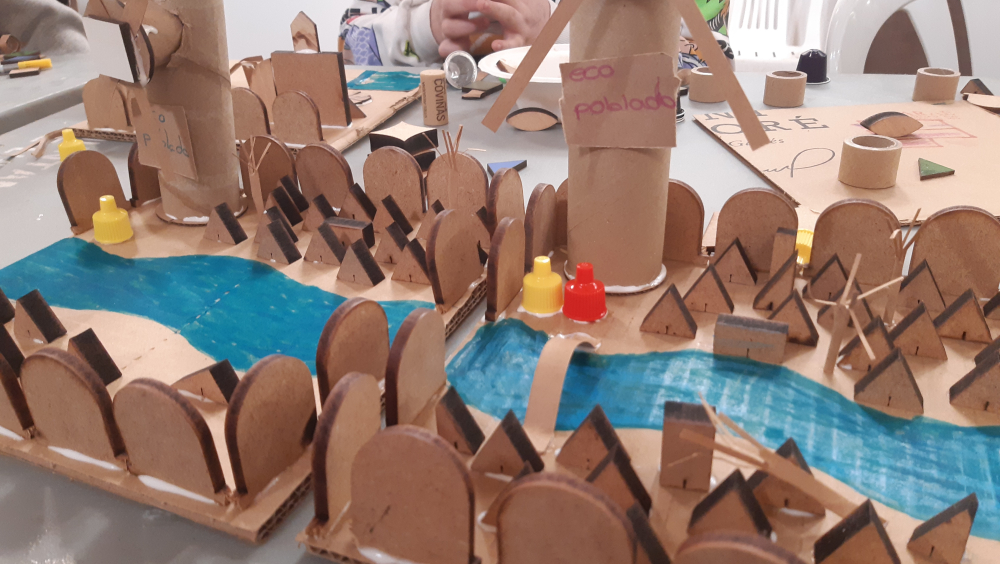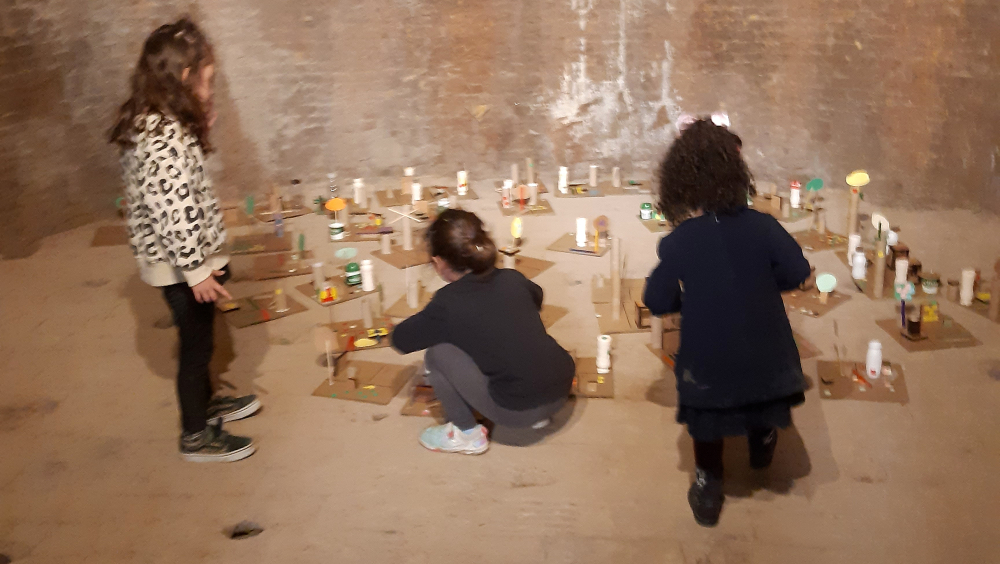The Royal Factory and Education through Heritage. Real Fábrica del Conde de Aranda de l'Alcora
The launch of the Real’s recovery Project of the Royal Factory the Royal Factory of the Count of Aranda in l’Alcora has provided a very important mobilization of economic, human, institutional, cultural and educational resources. From this reality, which has a ten-year horizon to materialize (2017-2027), the school and the world of education in general could not be alienated. It is from this principle that a process of collaboration begins that, inescapablely, has to give each other great opportunities for joint growth, to enlarge social engagement with cultural projects linked to the territory and to improve the methodologies used in the world of education in the hands of the motivation of working from the reality of ICT, project work, cooperative work and collaboration between different institutions; that is, from one of the most decisive realities for future generations of which our educational community is part.
L'Alcora is making an important effort to protect, conserve and enhance its heritage. A clear example is the project to recover the Royal Factory of the Count of Aranda, the most important building in its history, where its identity as a town was forged and where the powerful industrial sector of the province was born.
Within this project, (being a contextualization tool), a series of initiatives have been launched that highlight the heritage related to county manufacturing and that is scattered throughout the municipal and regional area.
But the bulk of the activities carried out in recent years coincide with the restoration of the Royal Factory. Coinciding with the acquisition of the spaces occupied by the Royal Porcelain and Earthenware Factory of the Conde de Aranda, five schools in the town began an educational innovation project under the title "the Royal Factory: we recover our heritage, add skills and subtract inequalities". Through the theoretical bases of the project, the educational community shows its desire to become a stakeholder and guardian of the recovery process of the Royal Factory, monitoring the continuity of its recovery beyond political times and participating in the decision on the future uses of the facilities:
The first of the projects was made up of 5 educational centres in l'Alcora, expanding in the second level of the project across the centres of the neighbouring towns of Figueroles, Costur and Lucena del Cid.
The first part of the activities is to introduce the students to the world of ceramics, familiarize them with ceramic materials in the different phases: clay, drying and ceramics (after firing).
But in this project, concepts are addressed beyond the production of ceramics, but other trades linked to this production are discovered, which are structured in the territory and relate the region, the heritage community and society in general.
Many routes have been created throughout the territory with ceramics as a common thread. Travels around the natural and urban themes about the industrial heritage. For example, the route of the ceramic murals, the heritage route (PR-357), the route of the hermitages (PR-120) and the route "a walk around l'Alcora" (PR-CV 90).
Route of the mines: several old mines and kilns of ceramics, lime and cement are preserved. This route brings us closer to a part of the historical and ethnological heritage that is little valued, but of great didactic interest.
Heritage Route: Itinerary that includes a visit to several points of historical interest in which the characters of each era recreate some aspect of their lives.
Associated with the routes, practical activities were developed. On the one hand, a workshop of hydraulic mills, since they worked mostly for the production of the Royal Factory. The grinding of oxides of chromium, iron, cobalt among other transition metals to produce pigments for the glazing of ceramic products.
Another proposal consisted of the reworking of the resource based on the cultural landscape of the town of L'Alcora. We relate natural, rural, urban and peri-urban environments, both emblematic and ordinary, and all their interconnections (European Landscape Convention). Identifying the most relevant heritage of their surroundings, from the castle to the furnaces of the Royal Factory, including the laundry room or the industrial chimney, the participants built their own cultural landscape.
This last year, a cross-cutting action has been developed that combines the Royal Factory and the Sustainable Development Goals (SDGs). Cities possess the germ of sustainable development through their heritage, often hidden behind a lack of knowledge of the value of what is their own, of the identity values of the place. It is essential to highlight the new uses of existing buildings in order to rediscover the history of the place (SDG11), economize materials (SDG12) and thereby create quality education for future generations (SDG4).
With these objectives and through the reuse of everyday materials, with the help of imagination and creativity, knowledge is acquired about the new uses of buildings, the design of sustainable urban spaces and the definition of healthy habits. The didactic workshop "The objectives of Sustainable Development and the industrial city" ends with a large community exhibition and numerous testimonies of its participants. It has helped to understand why the culture and sustainability of materials are important
Link to participatory process of Factory new (future) uses: https://www.youtube.com/watch?v=WRQbJAFGedI
decorative arts. The pieces produced in the factory can be an object of interest to collectors and art lovers from all over the world.
In terms of the international dimension, the Royal Factory of l'Alcora is recognised for its contribution to ceramics and for the export of its products to different parts of the world during its period of activity. At present, they continue to work so that, through their museum, synergies continue to be generated with other institutions that strongly define the ceramic identity of the region.
